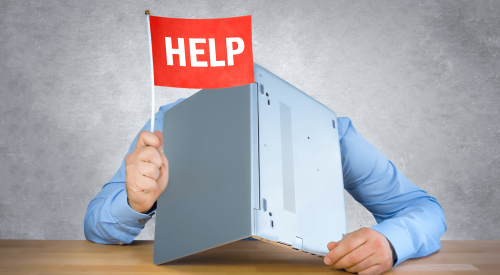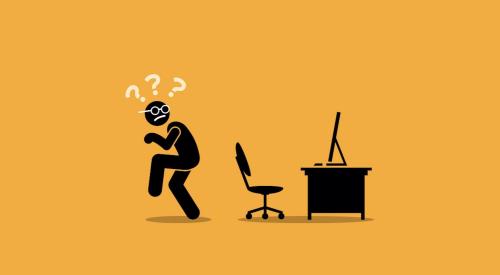| Noelle Tarabulski
|
When it comes to improving whatever operating tool you are using, be it a pickup truck, a computer, or the software code and platform, there comes a time to jump to the latest and greatest. I believe that time is near, given the status of some of the old legacy systems in the industry and the advent of some of the newer products being put into use rather quickly. Let’s review some of the significant costs and benefits that operating systems and platforms provide to your company. Many of the costs are subtle, hard to quantify, but they can be like a disease that is dormant but then suddenly becomes an epidemic. These costs can show up months or years after a flawed decision has been made. I believe the decisions made in the next 12-18 months will be very influential in determining the operating effectiveness of many businesses in 2004, so be aware of the significant benefits some of the newer applications offer. Many owners, presidents and CEOs lack the technological knowledge to make the decision to jump to other operating environments. So the tech team must explain in clear and understandable terms which issues should be considered. When changing platforms, you must get a system that fits your needs for at least three years. The learning curve for any system is just too hard and costly to risk the need to change systems. A switch just when you are experiencing learning-curve efficiencies can be demoralizing and a bane to profits.
It is imperative that owners and seniors managers understand the key decision factors for shifting applications because the implications of poorly timed decisions are as harmful as poor decisions. For instance, if you have software that is no longer well-supported, dynamic and improving, you are at risk. Your company has entered a defensive, survivalist posture instead of a proactive, innovative posture. Your solutions to the software’s problems today are reactive and protective in nature rather than growing and innovative.
In a competitive environment, on which side of that fence would you like to be? Offense or defense? As the saying goes, "the best defense is a great offense."
So I would argue that from the standpoints of strategy, company morale and organizational alignment, declining software can ripple negative energy throughout your company in ways you can’t even imagine. I see excellent people leave companies that are unwilling to invest in proactive, systematic improvement. I see frustration at every level with inefficient systems. Concern grows about the stability and strength of supporting companies, and people begin to focus on basic operating effectiveness instead of dynamic improvements and change. No matter your provider, if the technology is not dynamic, functional and healthy, your company will suffer.
When considering where your company is in terms of functionality and platform adaptability, look at the following factors:
Functionality of your software - If you do not understand the full functionality of the system, have an implementer help.
Adaptability to change - Which generation of software are you using? How easily can the code be adapted to your business needs? Talk to people knowledgeable about the capabilities of the software language being used.
Repeatability of your code - If you have custom software, can you have the code changed? If not, the software’s value goes down every day. Software that is not improving is effectively declining. Make sure you have significant documentation of your code.
Understanding of key business processes - Do you have a firm handle on the key business processes that make your software implementation effective? If not, develop your own process flow outlines or have a process consultant assist you.
|











